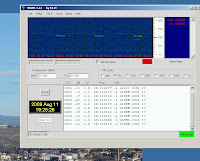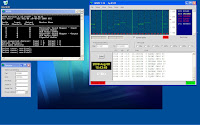For example, this evening on 160m I both sent and received callsigns, locator grids, frequencies, power, date, time and reports with G8IHT and G4BOO using WSPR. You KNOW the other station has received it from the on-line WSPR database. This was in WSPR MEPT (beaconing) mode and not using WSPR QSO mode, which I've yet to try.
Now, is this a QSO formally? My feeling is no, yet all details were exchanged and received by both parties. Certainly as much detail as would be exchanged in an EME or MS QSO using modes like JT6M, although no RRRs were sent.
Views please?










